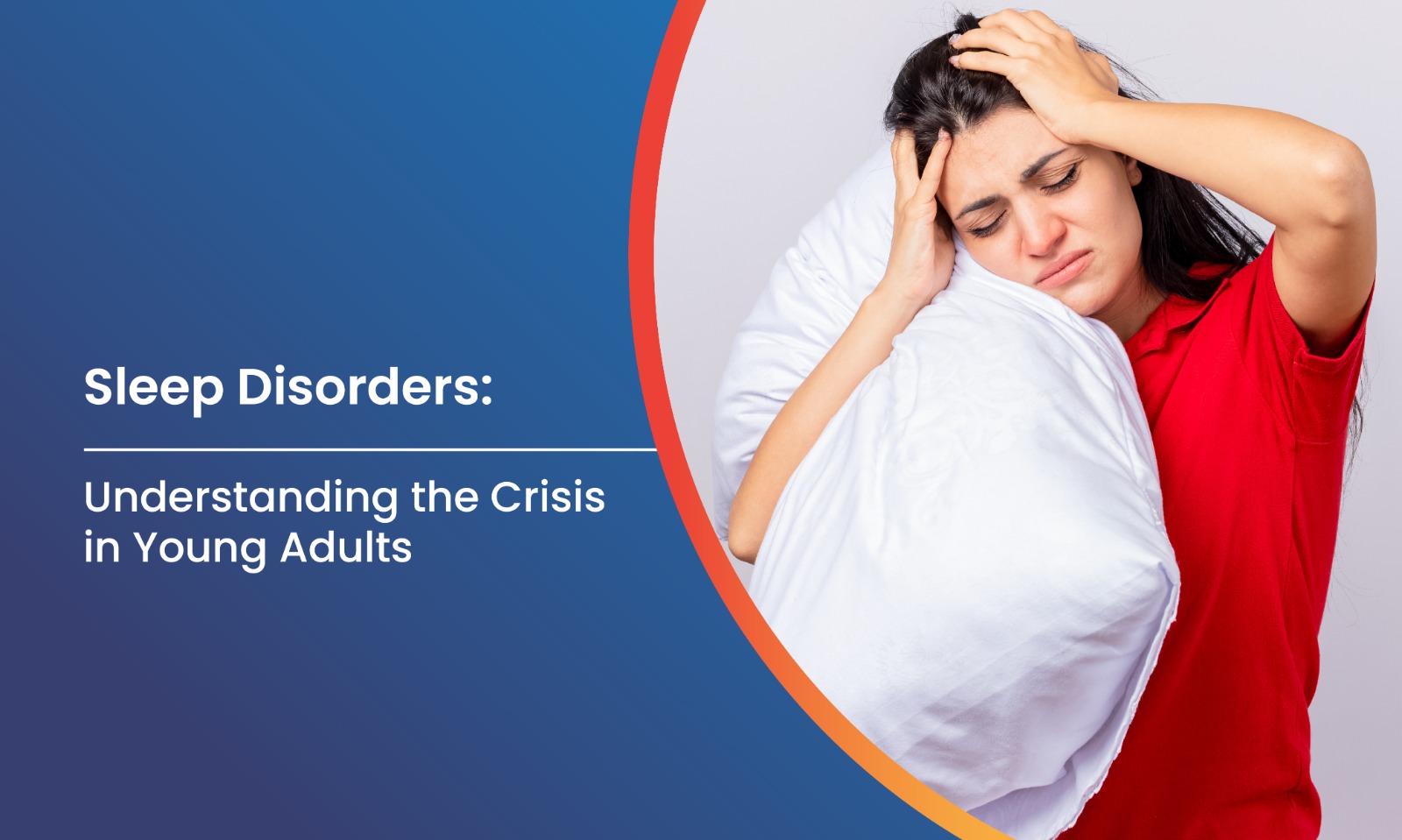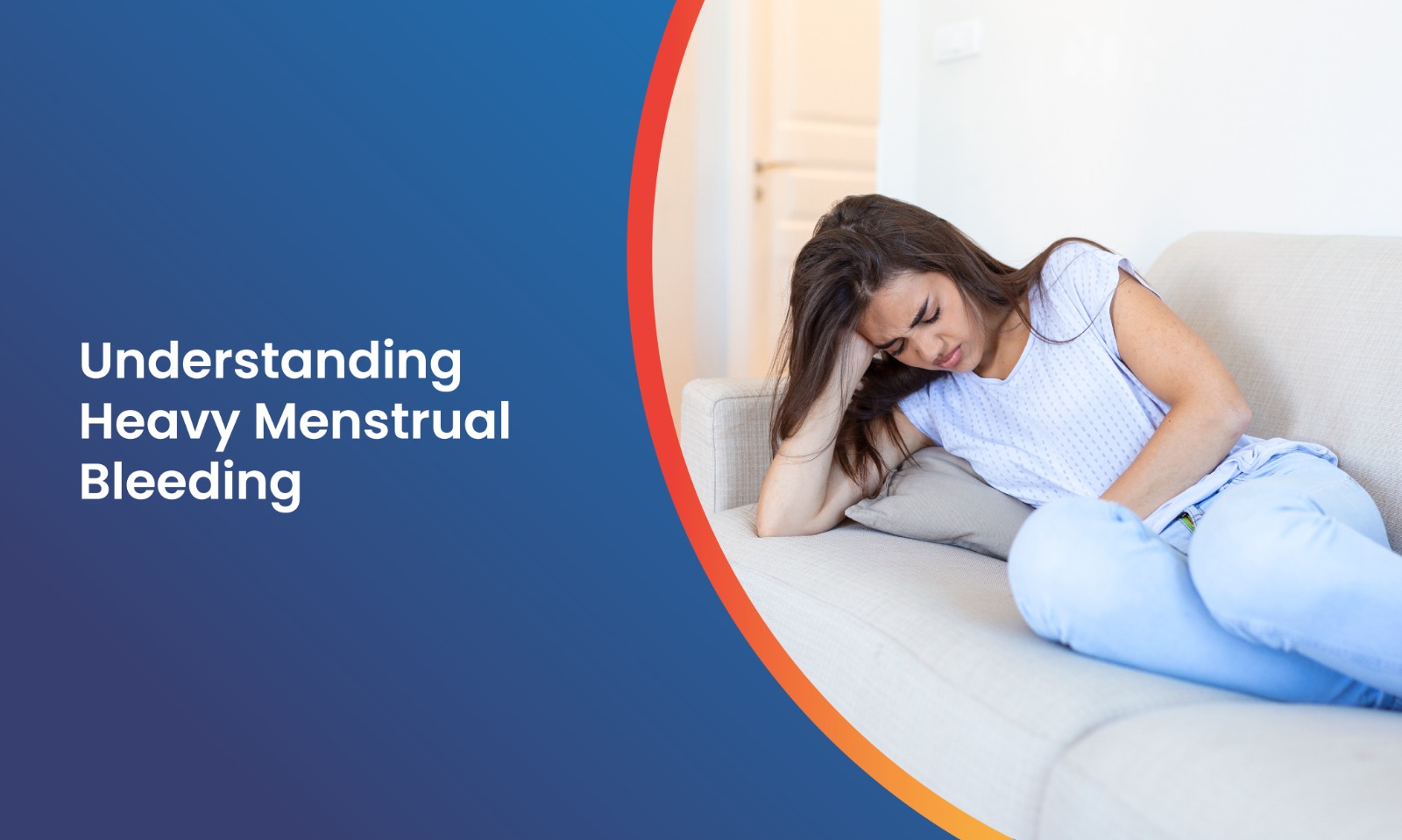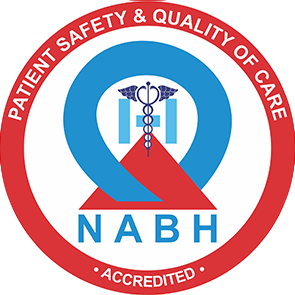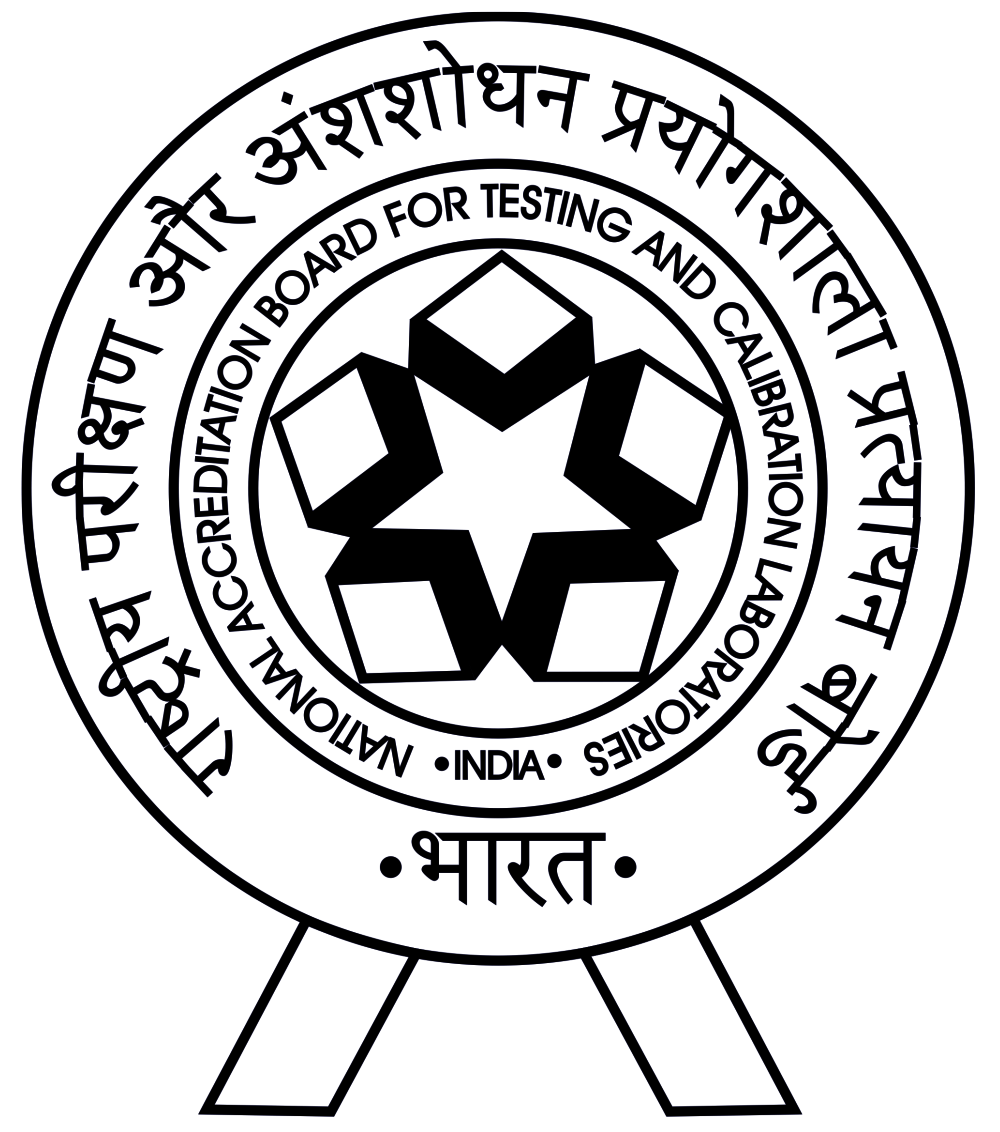Measles Unmasked: Symptoms, Causes, Treatment, and Prevention
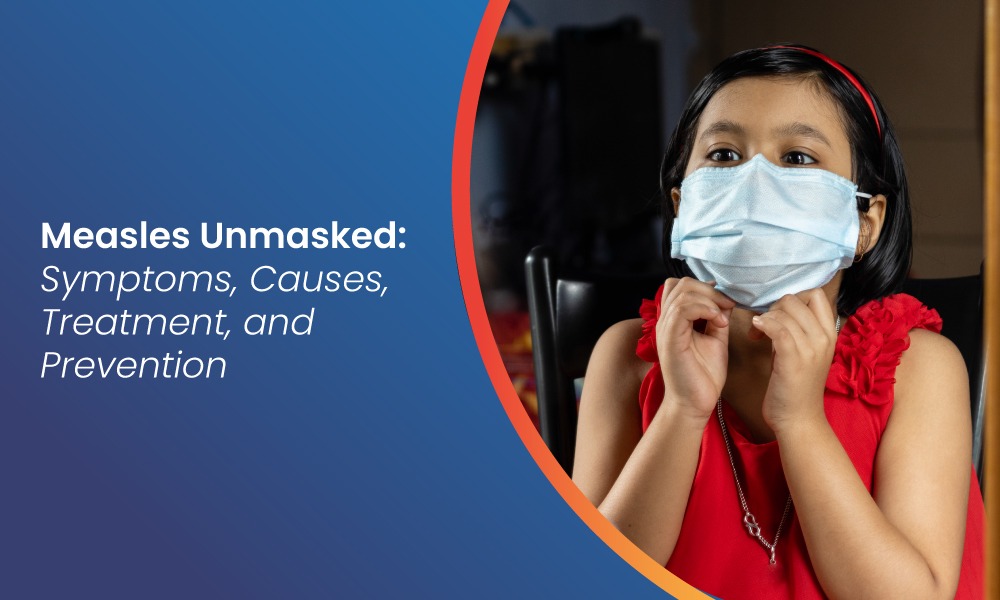
Measles Unmasked: Symptoms, Causes, Treatment, and Prevention
Measles is a highly contagious viral infection that spreads through the air, and it can be really risky for children and adults. Even though we have good vaccines, it's still a big health problem worldwide. If you don't catch it early, it can cause some serious problems. So, getting a quick diagnosis, treating it right away, and having solid prevention plans are key to stopping outbreaks and keeping everyone safe.
The measles virus is crazy infectious. It spreads when people cough or sneeze, sending tiny droplets into the air. Usually, symptoms show up about a week or two after you're exposed. First, you get a high fever, and then things like your breathing and skin start to change in a certain order.
To keep people safe, we need to make sure everyone gets their shots, keep a close eye on outbreaks, and teach people how to stay healthy so we can avoid suffering and deaths.
Table of Contents
- What is Measles?
- Causes of Measles
- Symptoms of Measles
- Diagnosis of Measles
- Treatment for Measles
- Complications Associated with Measles
- Prevention and Vaccination
- Measles Outbreaks and Public Health
- FAQs
What is Measles?
Measles is a highly transmissible viral disease caused by the measles virus, a member of the Morbillivirus genus. The virus spreads mainly through respiratory droplets during coughing or sneezing, rapidly infecting those who have not been immunized. Regular measles follows a distinct pattern: initial fever, respiratory symptoms, and conjunctivitis, followed by a characteristic rash that spreads from the face to the entire body.
- Measles is caused by the Morbillivirus and targets only humans as natural hosts.
- The virus is airborne and can linger in the air for up to two hours after the infected person leaves.
- Transmission happens when susceptible people breathe contaminated air or touch contaminated surfaces.
- It is extremely infectious, with almost all unvaccinated contacts becoming ill after exposure.
- Measles is still a significant cause of childhood illness and death worldwide, although largely preventable
Causes of Measles
The sole causative agent of measles is the measles virus, which enters through the respiratory tract or conjunctiva. The risk of infection is highest among those who are unvaccinated, have waning immunity, or live or travel in regions with low immunization. Outbreaks are more likely when population immunity dips below the threshold needed for herd protection.
- Transmission occurs through droplets, direct contact with nasal or throat secretions, and, rarely, through contaminated objects.
- Unimmunized young children, immunocompromised individuals, and non-immune travelers are most susceptible.
- Lack of two-dose vaccination is a major cause in both endemic and importation-related cases.
- Outbreaks arise frequently in communities with low vaccination coverage.
- Additional risk factors include poor healthcare access and declining regional immunization rates.
Symptoms of Measles
Symptoms typically appear 7 to 14 days after exposure and unfold in a predictable sequence. Measles begins with a high fever, often greater than 104°F (40°C), and a combination of cough, runny nose, and red, watery eyes (conjunctivitis), followed by the appearance of unique Koplik spots and later a spreading rash.
• Initial phase: High fever, cough, runny nose (coryza), and conjunctivitis.
• Koplik spots: Tiny white spots appear inside the mouth, two to three days after symptoms start.
• Rash appearance: A red, blotchy rash emerges 3–5 days later, starting at the hairline/face and moving downward to the trunk and extremities.
• Rash often coincides with a spike in fever and may be accompanied by widespread body aches.
• Some patients may experience loss of appetite, malaise, or swollen lymph nodes.
• Following the rash, immune suppression can linger, raising risk for other infections.
Diagnosis of Measles
Diagnosis is primarily clinical, based on characteristic signs—especially the rash, Koplik spots, and the patient’s history of exposure or vaccination status. Laboratory confirmation may be necessary in settings with few cases, or where the diagnosis is uncertain. Important laboratory tests include detection of measles-specific IgM antibodies, PCR for viral RNA in throat swabs, and occasionally blood or urine samples.
- Diagnosis includes taking travel, vaccination, and exposure histories.
- Koplik spots inside the mouth are a helpful early clue, found only in measles.
- Blood serology (measles IgM/IgG) and PCR-throat swab can confirm diagnosis.
- Differential diagnosis should exclude rubella, roseola, scarlet fever, and drug rashes.
- Prompt reporting is essential for outbreak response and contact tracing.
Treatment for Measles
There is currently no specific antiviral treatment for measles. Supportive care aims to alleviate symptoms, prevent dehydration, and address complications. Vitamin A supplementation is recommended because it can reduce the severity and risk of serious outcomes, especially in children with vitamin A deficiency or severe infection.
- Fever Control: Use acetaminophen or ibuprofen; avoid aspirin in children to prevent Reye’s syndrome.
- Hydration: Ensure adequate fluids to prevent or treat dehydration.
- Nutritional Support: Encourage a balanced diet; watch for loss of appetite, especially in children.
- Treat Complications: Prescribe antibiotics for secondary bacterial infections (like pneumonia or ear infections).
- Vitamin A: Given to hospitalized children or those with signs of deficiency, in high dose for two days.
- Isolate The Patient: Prevent further spread by keeping infected individuals away from others for at least four days after rash onset.
Complications Associated with Measles
Complications from measles can be mild (like ear infections) or deadly (such as pneumonia and encephalitis). Severe outcomes are more frequent in children under five, adults over twenty, pregnant women, and immunocompromised persons. Even after recovery, immune suppression caused by the virus can last months, increasing susceptibility to other infections.
- Dehydration: Vomiting and diarrhea may lead to dangerous fluid loss, especially in children.
- Ear infections: Affects 1 in 10 children, can lead to hearing loss.
- Pneumonia: Most common cause of measles-related death, affecting up to 1 in 20 children.
- Encephalitis: Swelling or infection of the brain; about 1 in 1,000 cases, with potential for brain damage.
- Pregnancy risks: Infection may cause premature birth, miscarriage, or low birth weight.
- Long-term risk: Damaged immune memory (“immune amnesia”) can make survivors more vulnerable to other infections for years.
Prevention and Vaccination
The most effective way to prevent measles is through vaccination, primarily with the combined measles, mumps, and rubella (MMR) vaccine. Two doses of MMR are over 97% effective at conferring immunity. Maintaining high coverage (90–95%+) is crucial for herd immunity and outbreak prevention.
Primary prevention: Two doses of MMR starting at 12–15 months, with a second dose at 4–6 years old.
Catch-up programs: Unimmunized children, adolescents, and adults should receive their missed doses promptly.
Travelers: Anyone traveling to or from endemic or outbreak regions should verify their vaccination status.
Special groups: Infants (6–11 months) can receive an early dose in high-risk situations, but will still need routine doses on schedule.
Herd immunity: Achieving at least 95% vaccination coverage is required to halt transmission in a community.
Outbreak response: Immediate vaccination and immune globulin for exposed, high-risk individuals within six days of exposure.
Measles Outbreaks and Public Health
Measles outbreaks still occur when vaccination rates fall or immunity gaps widen, as seen in recent years globally and in the United States. Public health agencies respond with targeted vaccination drives, active surveillance, and community education to quickly contain outbreaks. Continued vigilance is key to preserving progress against measles and protecting high-risk communities.
- Outbreak triggers: Importation by unvaccinated travellers or spread within low-coverage groups.
- Rising cases: Outbreaks may occur in close-knit communities that refuse or miss vaccination.
- Public health action: Rapid case identification, isolation, and post-exposure interventions are essential.
- Control strategies: Community engagement, tailored education, and catch-up vaccination campaigns during outbreaks.
- Continued threat: Despite elimination status in some countries, measles remains a global concern; under-immunization leads to resurgence.
FAQs
Q1 How is measles transmitted?
Through respiratory droplets from coughs or sneezes, direct contact with nasal or throat secretions, or occasionally from surface contamination.
Q2 What is the incubation period for measles?
Symptoms typically begin 7 to 14 days after exposure to the virus.
Q3 What are the notable early signs?
High fever, cough, runny nose, red eyes, and Koplik spots (tiny white spots inside the mouth).
Q4 How is measles treated?
Supportive care—rest, hydration, fever reduction, vitamin A supplementation, and antibiotics only for bacterial complications.
Q5 How effective is the measles vaccine?
Two doses of MMR vaccine provide about 97% lifelong protection from measles.
Q6 What is the main reason for measles outbreaks in recent years?
Declining vaccination coverage, vaccine hesitancy, and travel/importation from endemic areas
Q7 Can measles cause long-term health problems even after recovery?
Yes, measles can lead to long-term complications such as hearing loss, brain inflammation (encephalitis), and, in rare cases, a fatal disorder called subacute sclerosing panencephalitis (SSPE) that appears years after infection.
Q8 Is it possible to get measles more than once?
No, once a person recovers from measles, they typically develop lifelong immunity. However, those who are immunocompromised or who received the vaccine but did not develop sufficient immunity may remain susceptible.
Q9 What precautions should be taken if there is a measles outbreak in my area?
During an outbreak, ensure all family members are fully vaccinated, avoid crowded places, practice good hand hygiene, and consult health authorities if you or someone you know develops symptoms such as high fever and rash.



